- Learning time
- 20 minutes
- First play time
- 120 minutes
Cuzco
Designed by: Michael Kiesling,Wolfgang Kramer
In Cuzco (previously published as Java) players are Incan tribes, hoping to establish dominance by virtue of controlling towers and lakes across a rapidly changing landscape.
The board represents a kind of blank canvas of territory – broken into hexes – between the mountains and trees, populated at the start only by three single-hex lakes. Players take turns developing the land, kind of together but kind of not: although there is no direct conflict, Cuzco’s passive aggression is fairly pronounced!
On your turn you have six action points to spend. One of them must be spent adding a landscape tile: a single, double, or triple-hexer. These can be added anywhere you like, including on top of previously-placed tiles, which you’ll want to do for reasons that will become clear shortly. The rest of your action points can be spent pretty much as you like: bringing one of your Inca workers onto the board from the mountains/forest (1 action point) travelling them across landscapes (traversing along matching landscape hexes is free, but changing from fields to urban hexes or vice versa costs an action point, and opposing workers block each other) or building towers. You want to build towers, because they score points when you control them, and you control them when your worker is on the highest connected urban hex). So throughout players are trying to navigate their workers as high as possible next to the tallest towers: not only do you score points during play this way, but there’s a final scoring at the end that brings big rewards to the highest-placed workers.
Controlling towers also means you can optionally hold a fiesta at the end of your turn. Action points can be spent taking Fiesta cards into your hand, and then there is a round of bidding when a fiesta is held, leading to points for one or multiple players for their contributions.
Finally, water is a necessary economy for the Incas, and whenever a lake (of one or more water tiles) is surrounded, the player with the most adjacent Incas scores three points per lake. It doesn’t seem as immediately rewarding as the towers, but as the game progresses and the landscape fills up, they can be an easy way to snaffle a few points.
When the last triple-hex tile is placed, the game-end is triggered and all players (apart from whomever laid this final tile) get a last six action points to spend, doing final scoring at the end of their final turn.
The guru's verdict
-
Take That!
Take That!
Nothing direct, but plenty of passive-aggressive tile-laying
-
Fidget Factor!
Fidget Factor!
Highly variable. With three freewheeling players who like to roll with the punches, familiarity will mean you can blast through a game in an hour. With four ponderers, it might be double that, and pauses for consideration will be part of the experience.
-
Brain Burn!
Brain Burn!
The rules are actually fairly slight. Implementing your options in the best possible way, however, in an ever-changing landscape of opportunity...
-
Again Again!
Again Again!
Cuzco always feels abstract, really, and repeat visits don't change that. But mechanically, there is more than enough going on to reward players who enjoy what it offers. There's plenty of depth here.

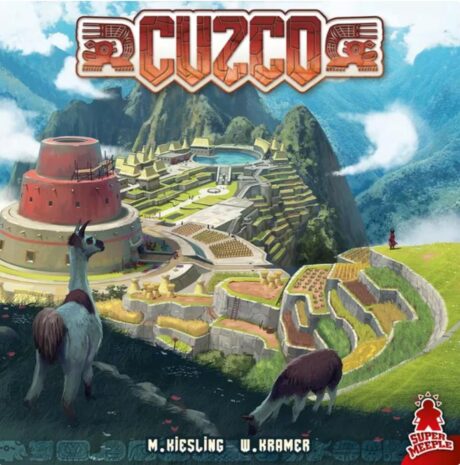

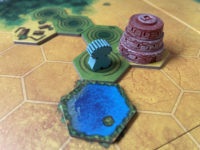
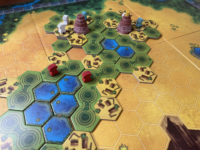
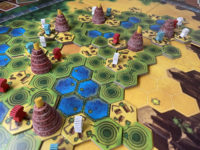



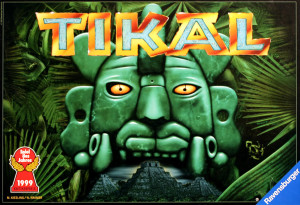
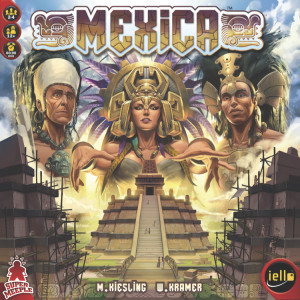
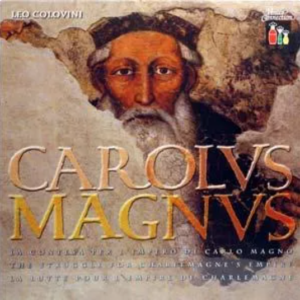
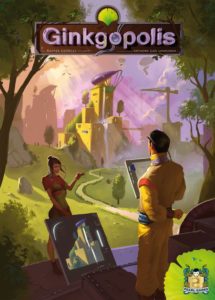

Sam says
Cuzco is clever and accessible, combining reasonably simple rules but a lot of choice over implementation. Designers Kramer and Kiesling excel at creating tricky decisions, and this is no exception. The six action points may sound like a lot of options, but your objectives are fairly simple and the actions just give you the tools to get there. Of what were originally referred to as Mask Trilogy (Java, Tikal and Mexica all featured masks on the box) I think Tikal tells the best story, but Mexica is probably my favourite for simple rules and spicy player interaction. Cuzco is perhaps the most puzzly, because it incorporates the element of building upwards and has not just the towers and lakes to score, but also the fiestas. It's good - it's very good! - and stands up better than many more recent games in the 'golden age' of board-gaming. It only suffers slightly, in my mind, in direct comparisons to its sister games. But that's hardly damning!